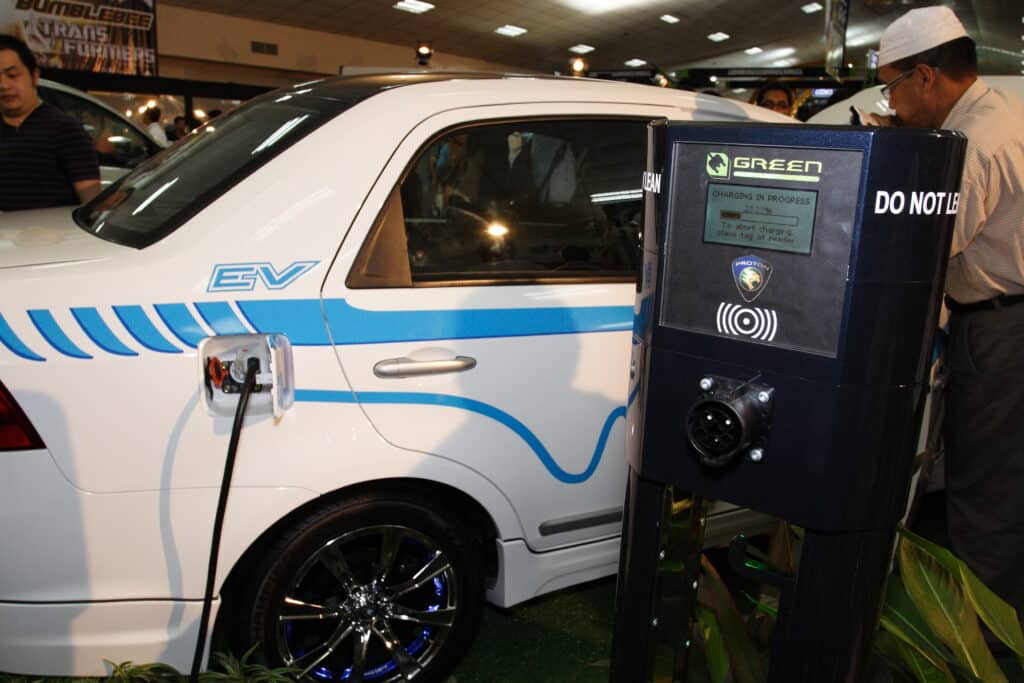
Electric vehicles present new security risks
(The Center Square) – The nation’s transition to electric vehicles must not only overcome power and charging station shortcomings, but novel security risks too.
Robert Charette, a longtime systems engineer, contributing editor for IEEE Spectrum, and author of “The EV Transition Explained,” told The Center Square recently that EV stations – of which Pennsylvania is spending hundreds of millions to build statewide – may be vulnerable to hackers. Software security issues will become more important as targets of opportunity increase. Concerns over connectivity exist as well.
Charette notes that instances of EV charging stations being compromised are on the rise, and plugging your EV into one can expose it to cyberattacks. Cyberattacks on an EV station can also bleed into attacks on the electrical grid.
EVs contain software that controls their systems and establishes communication with charging stations via wireless networks – leaving them susceptible to a range of threats.
Without proper security measures in place, charging station computer systems can be exploited by hackers who could gain unauthorized access, and potentially manipulate charging parameters or collect sensitive user data.
Security breaches of EV chargers have already occurred and researchers have found critical flaws in many popular models of EV chargers. Cybersecurity experts at Sandia National Labs say if the EV charging security is not done properly, it poses a “catastrophic situation” for the US.
Most EV charging station authentication, customer payment processes, and locator apps are also reliant on the cellular network – posing challenges in areas with weak signal strength.
“You can put in all the EV station reliability standards you want, but unless there is dependable cellular service by every carrier at every EV station across the United States, you’re out of luck somewhere,” Charette said.
Advanced technology in the form of software for all things EV-related, and the electric grid itself, are required to make it all work. It is a “cyber-physical” system – one in which EVs dynamically interact with both energy and information systems to function, Charette says.
If you mess with information and energy, he said, “you are messing with huge segments of society.”
Charette’s point about interconnectedness is proven out in the relationship between the increasing number of charging units and their impact on the electrical grid and local electrical infrastructures – which, by all accounts, need massive upgrades to support the extra energy required.
“It doesn’t do any good if you have EVs in a neighborhood and your electric distribution company can’t support it,” he said.
Reliability issues being experienced involve broken or malfunctioning charging ports, the lack of skilled technicians to repair them, and with no attendants on duty to watch over the equipment, cable theft is occurring.
Much like catalytic converters being stolen for their rare metals, charging cables contain copper wire, and thieves are cashing in on them.
In a sort of a “chicken and egg” situation, without a reliable charging network, consumers may be reluctant to invest in EVs, while investors and businesses may be hesitant to commit resources to building stations without a substantial user base.
Charette believes spring 2025 will be “where the rubber meets the road, or the bug is going to hit the windshield.” At that point, “we could be well on our path to EVs, or a new administration might change the EV policy direction completely,” he said.



